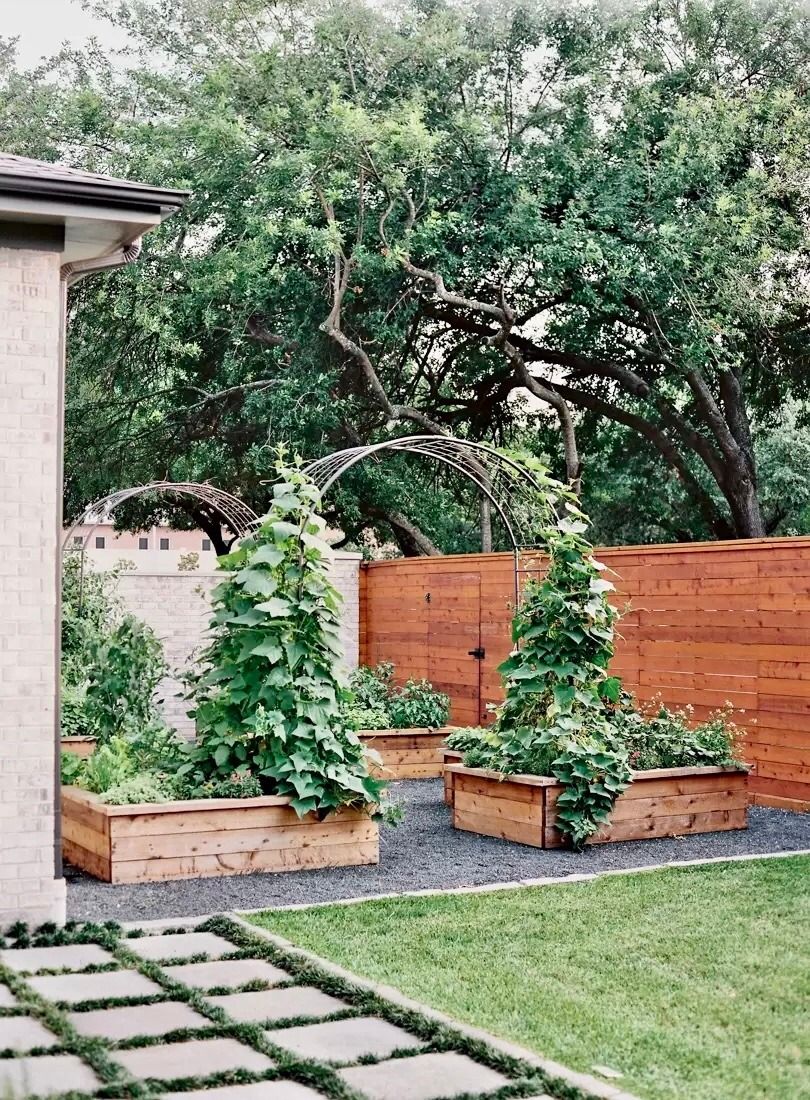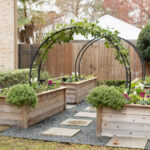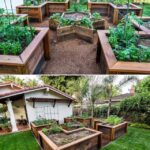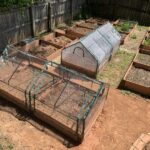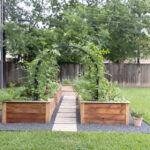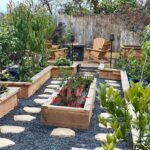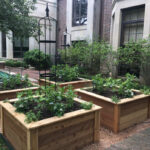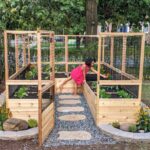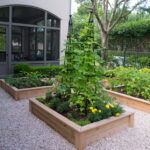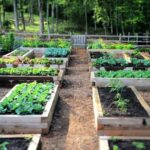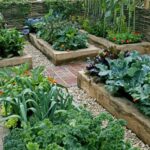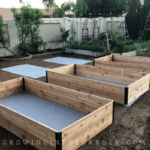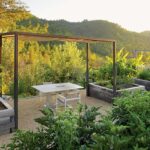Raised garden beds are becoming increasingly popular among gardeners due to their numerous benefits. They provide better drainage, prevent soil compaction, and make gardening easier by reducing the need for bending and kneeling. However, the layout of raised garden beds is crucial for maximizing the space and productivity of your garden.
When planning the layout of raised garden beds, it’s important to consider the size and shape of the beds. The beds should be narrow enough that you can easily reach the center from either side, typically around 3 to 4 feet wide. The length of the beds can vary depending on the available space, but it’s best to keep them no longer than 8 to 10 feet to avoid having to step on the soil to reach the plants in the middle.
Another important aspect of raised garden bed layout is the orientation of the beds. Ideally, the beds should be placed in a north-south direction to ensure that all plants receive adequate sunlight throughout the day. This orientation also allows for better air circulation and minimizes the risk of disease.
When arranging multiple raised garden beds, consider leaving enough space between each bed for pathways. This not only makes it easier to access and maintain your garden but also helps prevent soil compaction. Paths should be wide enough for a wheelbarrow or even a small garden cart to move through.
To make the most of your raised garden bed layout, consider using companion planting techniques. Planting complementary crops together can help improve soil fertility, deter pests, and maximize space efficiency. For example, planting tall crops like corn or tomatoes in the north end of the bed can provide shade for smaller plants like lettuce or spinach.
Lastly, don’t forget to include some vertical gardening elements in your raised bed layout. Trellises, arbors, or even simple stakes can be used to support climbing plants like beans, peas, or cucumbers. This not only saves space but also adds visual interest to your garden. With careful planning and consideration of these factors, you can create a productive and beautiful raised bed garden layout that will provide you with a bountiful harvest for years to come.
